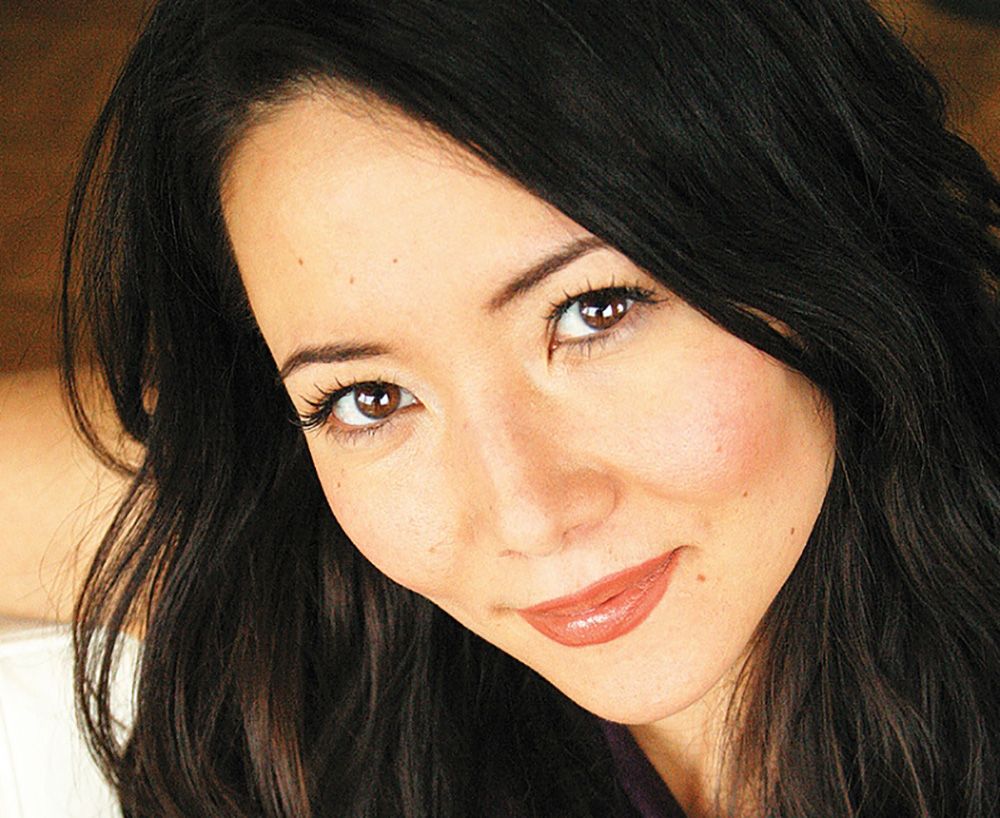‘The Reality Bubble’: Or Pretending Ourselves to Death
Our illusions and blind spots keep us happy. And could doom us.

We are also richly endowed with metaphorical blind spots, which enable us to deceive ourselves even about what can see perfectly well.
Tong, a very experienced science communicator, was the co-host of the Discovery Channel’s Daily Planet for a decade. Her book, The Reality Bubble, illustrates its argument. It begins with interesting little factoids. Your face is crawling with tiny eight-legged mites; the alarm barks of prairie dogs, analyzed by computer, reveal “words” defining the nature of the threat: coyote, hawk, tall guy in a blue shirt. We may keep consuming such factoids like salted peanuts and begin to lose the point of them.
But Tong uses every factoid to back up her thesis. We never knew about the mites until the microscope let us examine ourselves up close and very personal. We thought we were the only language users until we used computers that could detect every nuance in a prairie dog’s bark. Our unaided senses operate in a very narrow spectrum, and the “real world” we perceive is just a reconstruction in our brains of electromagnetic and sound waves that impinge on our eyes and ears.
Blind spots aren’t just physical. Leeuwenhoek developed the microscope in the 17th century, and promptly discovered microscopic life. It took two more centuries until Louis Pasteur identified microbes as causes of disease, and another century before we began to realize that not all “germs” are bad: most help keep us alive and healthy.
Tong writes that we can be blind to the obvious individually, and as a society.
…click on the above link to read the rest of the article…